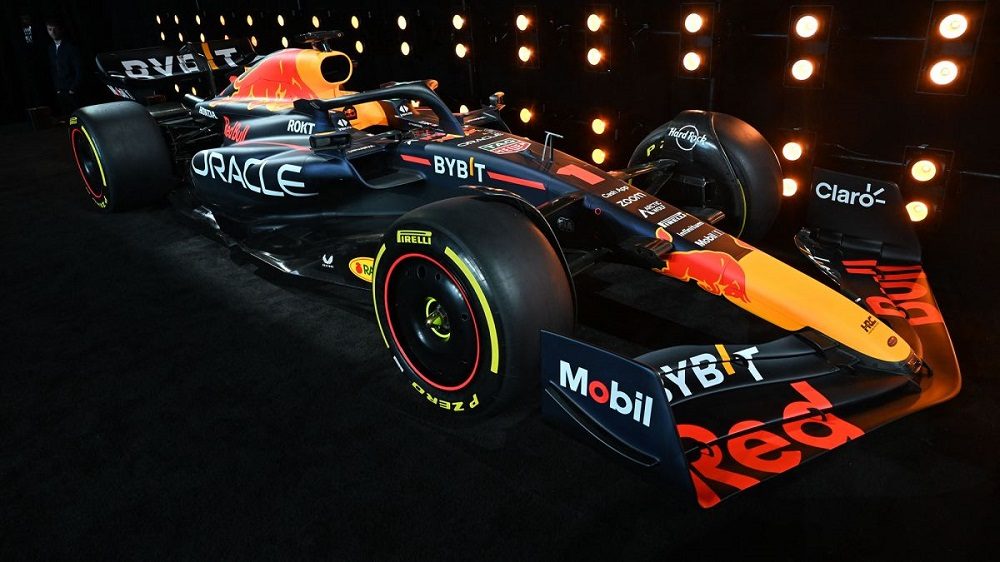
F1 Expected To Transition To Electric Power

Formula One has always been at the forefront of innovation and technology. From advanced aerodynamics to hybrid engines, the pinnacle of motorsports has always pushed the boundaries of what is possible in motorsport. As the world becomes increasingly concerned with sustainability and environmental issues, it is no surprise that F1 has shifted its focus to electric power.
Electric power is not a new concept in motorsport, with Formula E being the premier electric racing series. However, F1 is now exploring the possibility of using electric power in its cars, potentially as soon as 2026.

CNN/ Getty Images | The 2021 US Grand Prix was the best-attended F1 race of all time
Why Go Electric?
There are several reasons why F1 is considering the switch to electric power. One of the main drivers is the push toward sustainability and reducing carbon emissions. F1 is a global event that generates significant CO2 emissions, from cars to the transportation of teams and equipment worldwide. By switching to electric power, F1 could significantly reduce its carbon footprint and promote a more sustainable future for motorsport.
Another reason for the switch to electric power is the potential for increased efficiency and performance. Electric motors are known for their high torque and instant power delivery, which could lead to faster lap times and more exciting racing. Additionally, electric power could reduce the complexity of F1 engines, making them more reliable and easier to maintain.

ESPN/ Getty Images | The length of an F1 track is always 305 km
Challenges of Electric Power
While electric power presents many potential benefits for F1, several challenges must be addressed. One of the main challenges is the range of electric cars. F1 races are often long, with races lasting up to two hours. Current electric technology may not be able to provide the range and energy density required for F1 races without frequent battery changes or swapping.
Another challenge is the weight of the batteries required to power the cars. F1 cars are already designed to be as light as possible, and adding heavy batteries could negatively impact performance. However, advances in battery technology could help to address this issue.
Furthermore, there is the issue of the sound of electric cars. F1 is known for its high-pitched, ear-splitting engines in the event spectacle. On the other hand, electric cars are nearly silent, which could impact the excitement and atmosphere of F1 races.

CNN/ Getty Images | F1 cars don’t come with driver assistance technology like stability control
What Would an Electric F1 Car Look Like?
If F1 does decide to go electric, what would an electric Formula 1 car look like? There are several possibilities. One option is a fully electric car, with a battery-powered electric motor replacing the traditional internal combustion engine. Another possibility is a hybrid system, with an electric motor supplementing a smaller internal combustion engine. This could provide the best of both worlds, with the instant torque and efficiency of electric power combined with the sound and excitement of a traditional F1 engine.
There is also the possibility of using fuel cell technology. Fuel cells use hydrogen to generate electricity, producing only water as a byproduct. While this technology is still in its infancy, it has the potential to provide the power and range required for F1 racing while being more sustainable than traditional internal combustion engines.
More in Latest News
-
`
The Top 5 Bloodiest Boxing Fights of All Time Ranked
Boxing fights have always been a thrilling spectacle, with the intensity of the sport often leaving fans on the edge of...
February 5, 2025 -
`
WNBA Stars Praise Unrivaled Ahead of the Grand Inaugural Season
When it comes to innovation in basketball, Unrivaled is taking center stage. This revolutionary women’s basketball league is capturing attention ahead...
January 29, 2025 -
`
Why Kelvin Banks Jr. Is Ideal for the Miami Dolphins
When you think about the Miami Dolphins and their 2025 NFL Draft needs, one name should stand out: Kelvin Banks Jr....
January 22, 2025 -
`
Tennis Pro Naomi Osaka and Rapper Cordae Are Breaking Up!
Naomi Osaka’s breakup with rapper Cordae has left fans shocked and curious. The tennis superstar confirmed on Instagram that she and...
January 21, 2025 -
`
Was the Mike Tyson vs Jake Paul Fight Fixed?
The much-anticipated Mike Tyson vs Jake Paul fight has sparked endless speculation, with many questioning its authenticity. Rumors about a scripted...
December 1, 2024 -
`
Can Nikola Jokic Break the Ultimate NBA Record This Season
Nikola Jokic has captivated the basketball world with his stellar performances, consistently pushing the boundaries of possible success. His dominance raises...
November 23, 2024 -
`
Pakistan Pushes for Climate Diplomacy as Smog Crisis Grips Major Cities
As winter descends in South Asia, Pakistan faces a severe air quality crisis affecting millions. Cities like Lahore are blanketed in...
November 13, 2024 -
`
Lewandowski Double Leads Barcelona’s Historic 4-0 El Clasico Win
In a much-anticipated El Clasico clash, Robert Lewandowski’s stellar double set the tone for a resounding 4-0 Barcelona triumph over Real...
November 8, 2024 -
`
Mike Tyson vs Jake Paul: Boxing Officials Approve Unusual Fight Rules
The upcoming Mike Tyson vs Jake Paul fight in Texas promises an unconventional showdown that has caught the attention of fans...
November 1, 2024















You must be logged in to post a comment Login